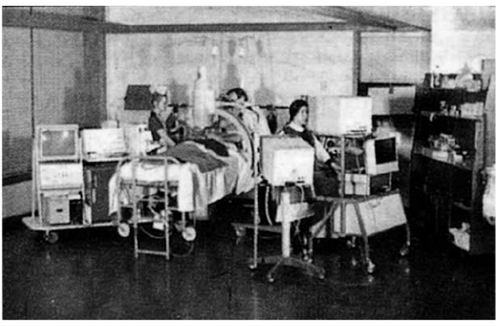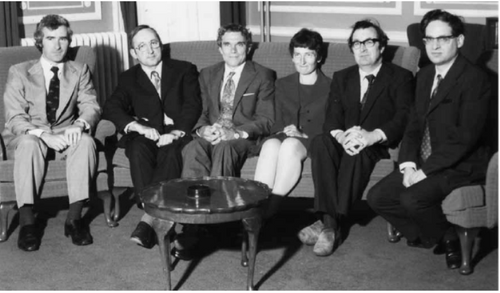1546
1733
The first central vein catheterisation is performed by clergyman Stephen Hales using a vertical glass tube. His patient is a horse, rather than a human, and the blood reaches more than eight feet. Further work by Hales and others goes on to describe blood pressure in different animals.
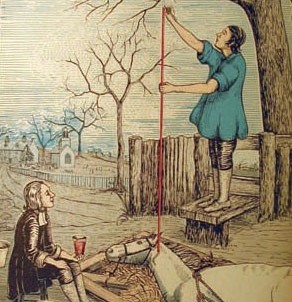
Source: American Heart Association
1850
During the Crimean War, Florence Nightingale organises patients so that those most unwell, and therefore requiring the most intensive nursing, are located nearest the nursing station.
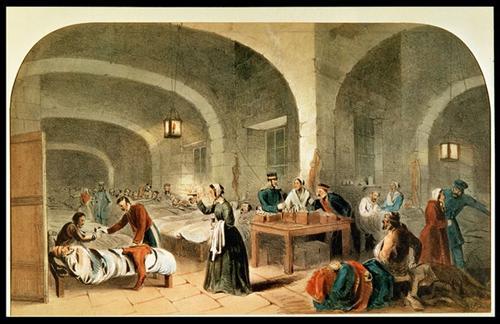
1923
1929
The first devices for performing central vein catheterisation are used clinically in humans.
1950s
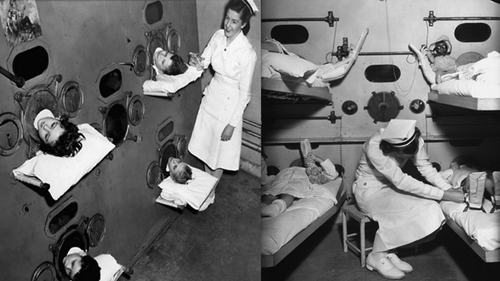
1952
The poliomyelitis epidemic hits Copenhagen and those requiring respiratory support are placed inside an iron lung. But, when the hospitals become overwhelmed, patients are hand ventilated by medical students via tracheostomy tubes. The students are paid £1.50 per day.
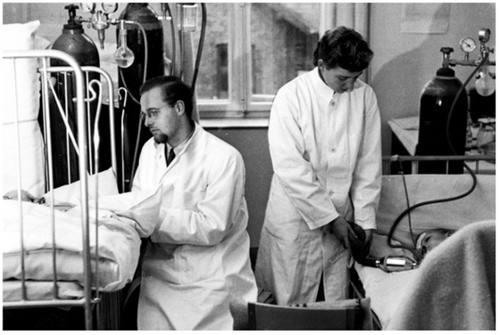
1953

1959
A critical care unit is established at the University of Pittsburgh. It is the first to include the constant presence of critical care physicians.
1966
Mead Ward Intensive Care Unit is established at St Thomas’ Hospital in London. It is the first of its kind in the United Kingdom.
1970
On 8 June the Intensive Care Society is founded. Our first Council Meeting is held in 1973, and in 2020 we celebrate our 50th birthday in the middle of the COVID-19 pandemic.
1994
2010
2012
A stand-alone training programme for Intensive Care Trainees is initiated in the United Kingdom.
2020

